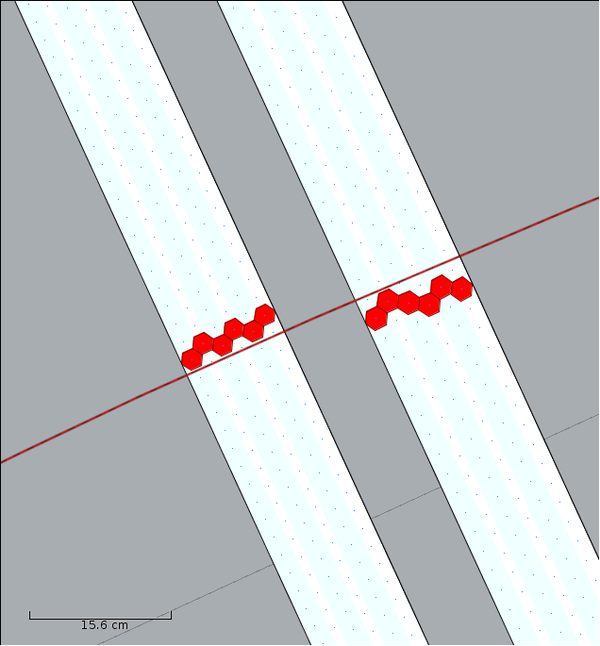Difference between revisions of "DF Definitions of Tracking Elements"
Jump to navigation
Jump to search
| Line 5: | Line 5: | ||
Below is an example of how Hits are stored in a Hipo file. | Below is an example of how Hits are stored in a Hipo file. | ||
| − | + | ||
| − | + | {{scrollbox|width=150px|height=100px|bar=invisible|text= | |
| − | + | * Example 01 | |
| − | + | * Example 02 | |
| − | + | * Example 03 | |
| − | + | * Example 04 | |
| − | + | * Example 05 | |
| − | + | * Example 06 | |
| − | + | * Example 07 | |
| − | + | * Example 08 | |
| − | + | * Example 09 | |
| − | + | * Example 10 | |
| − | + | * Example 11 | |
| − | + | * Example 12 | |
| − | + | * Example 13 | |
| − | + | * Example 14 | |
| − | + | * Example 15 | |
| − | + | }} | |
| − | + | ||
| − | |||
| − | |||
| − | |||
| − | |||
| − | |||
| − | |||
| − | |||
=Clusters= | =Clusters= | ||
Revision as of 15:55, 11 July 2018
Hits
Hits are representations of the locations where a particle flying through the drift chamber layers induces a voltage pulse in a nearby wire. In the image below they are represented by the red hexagons.
Below is an example of how Hits are stored in a Hipo file.
